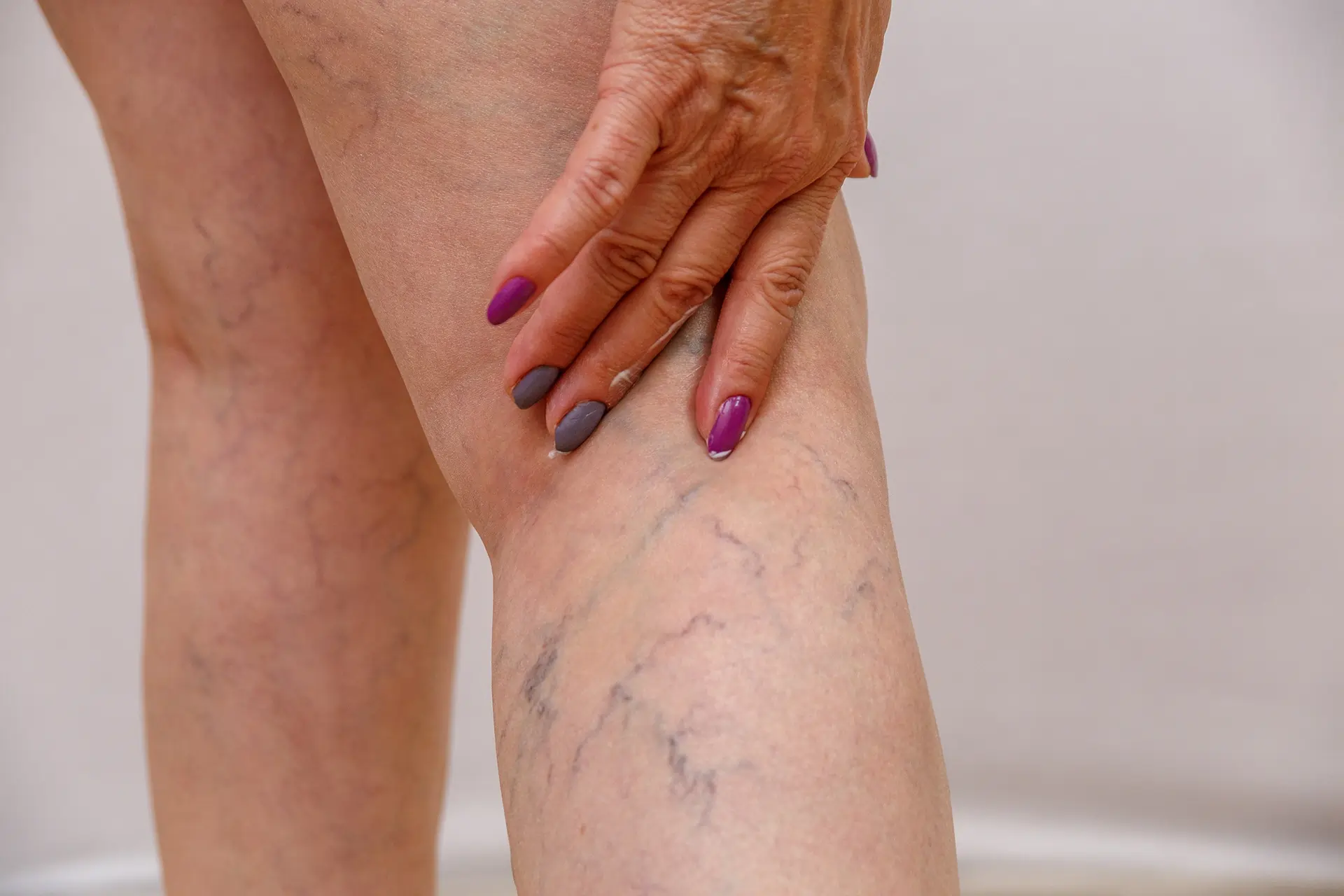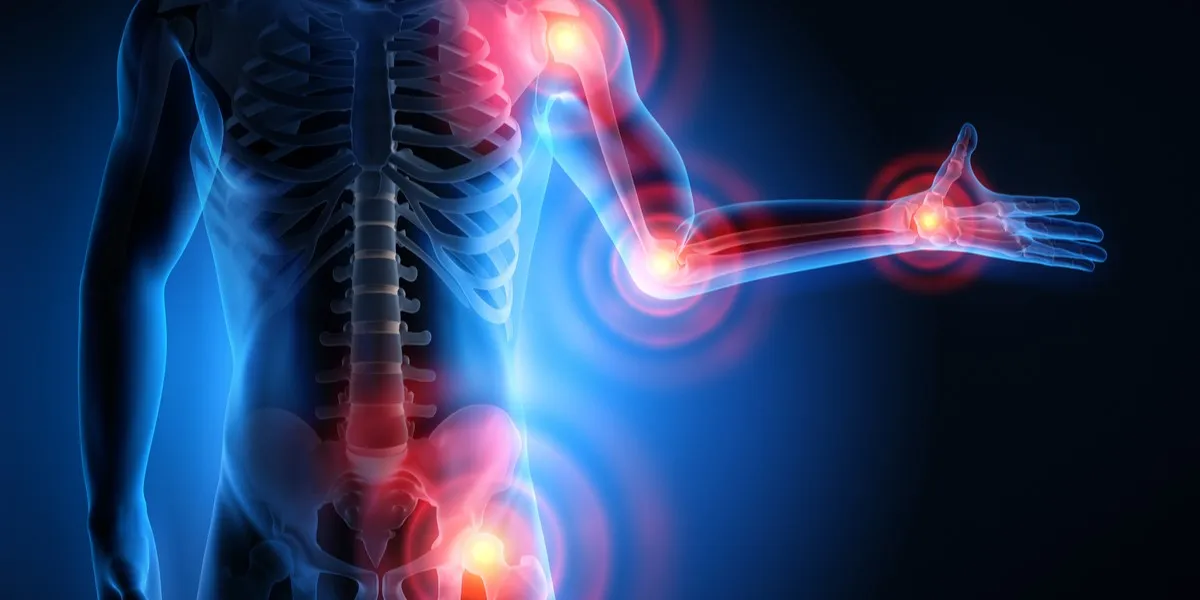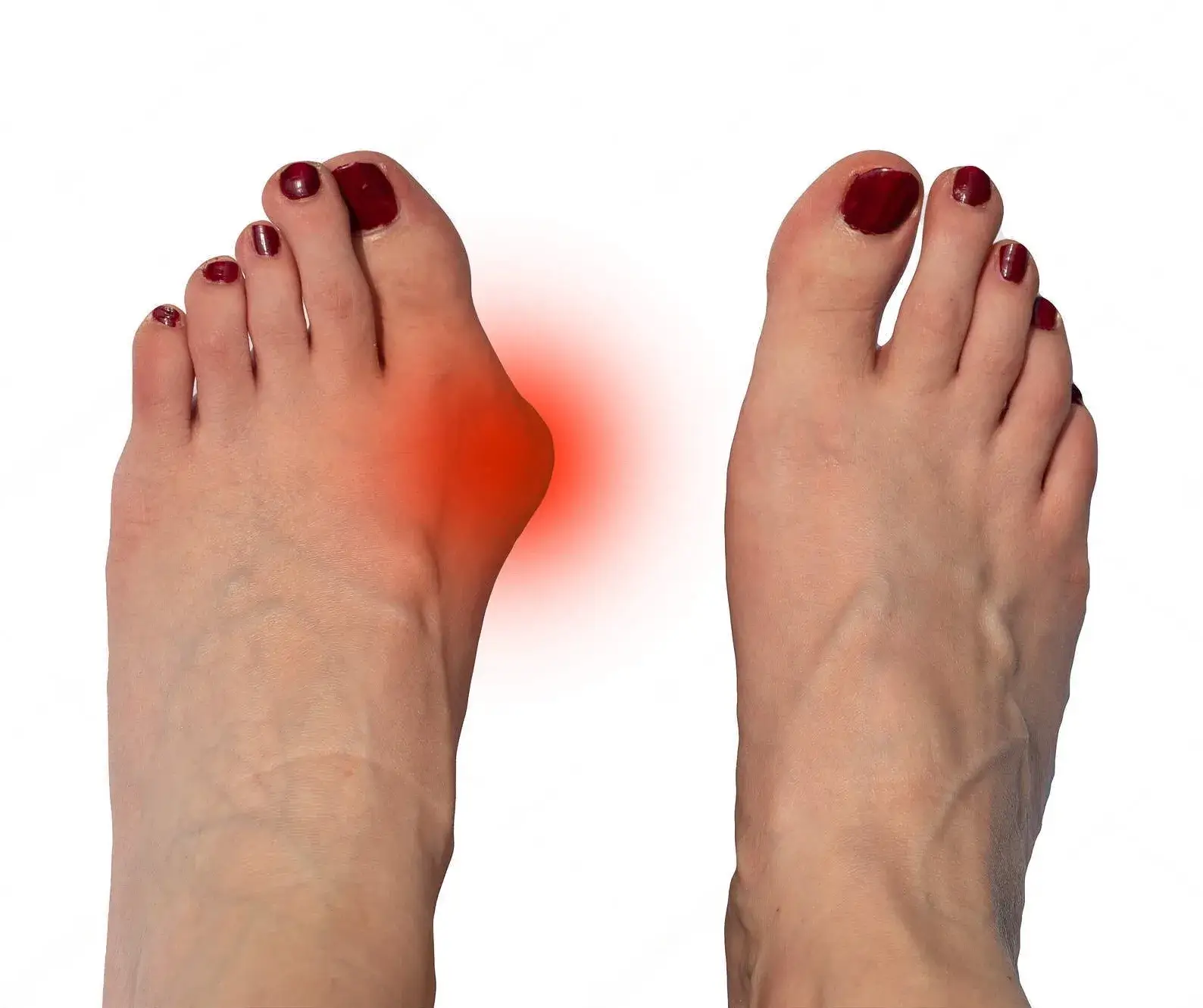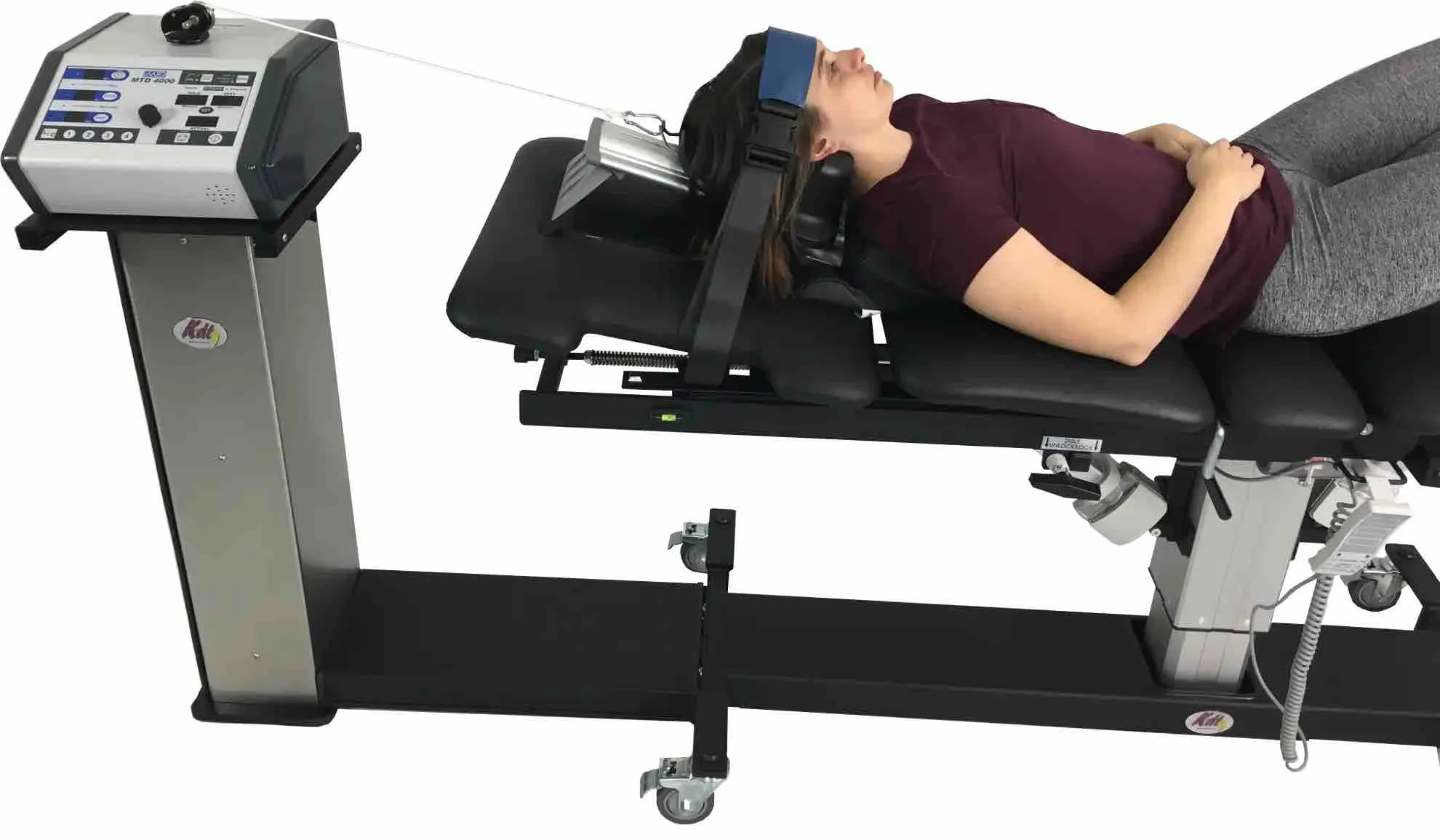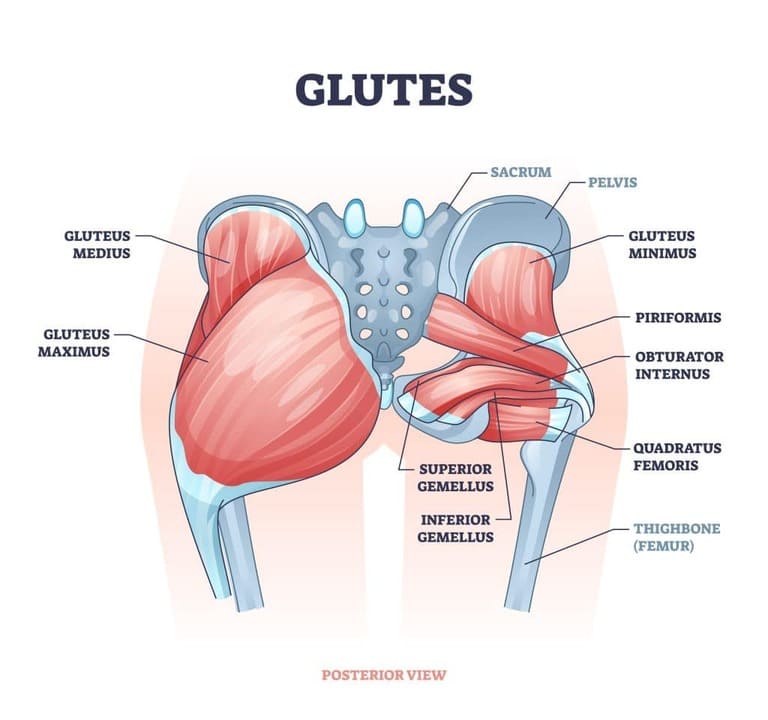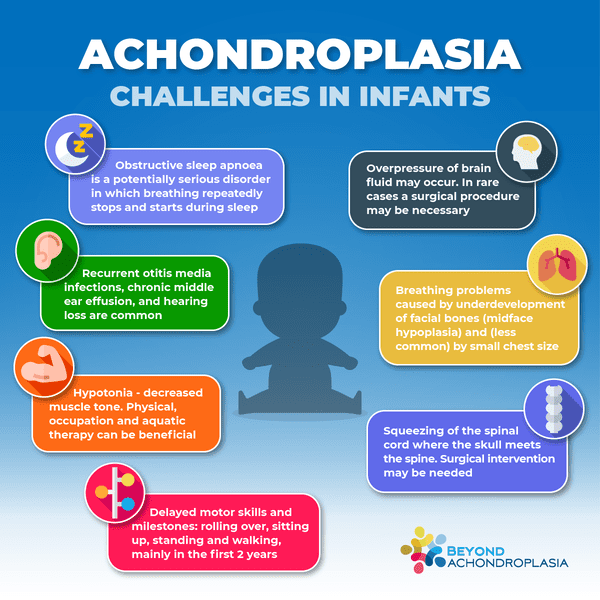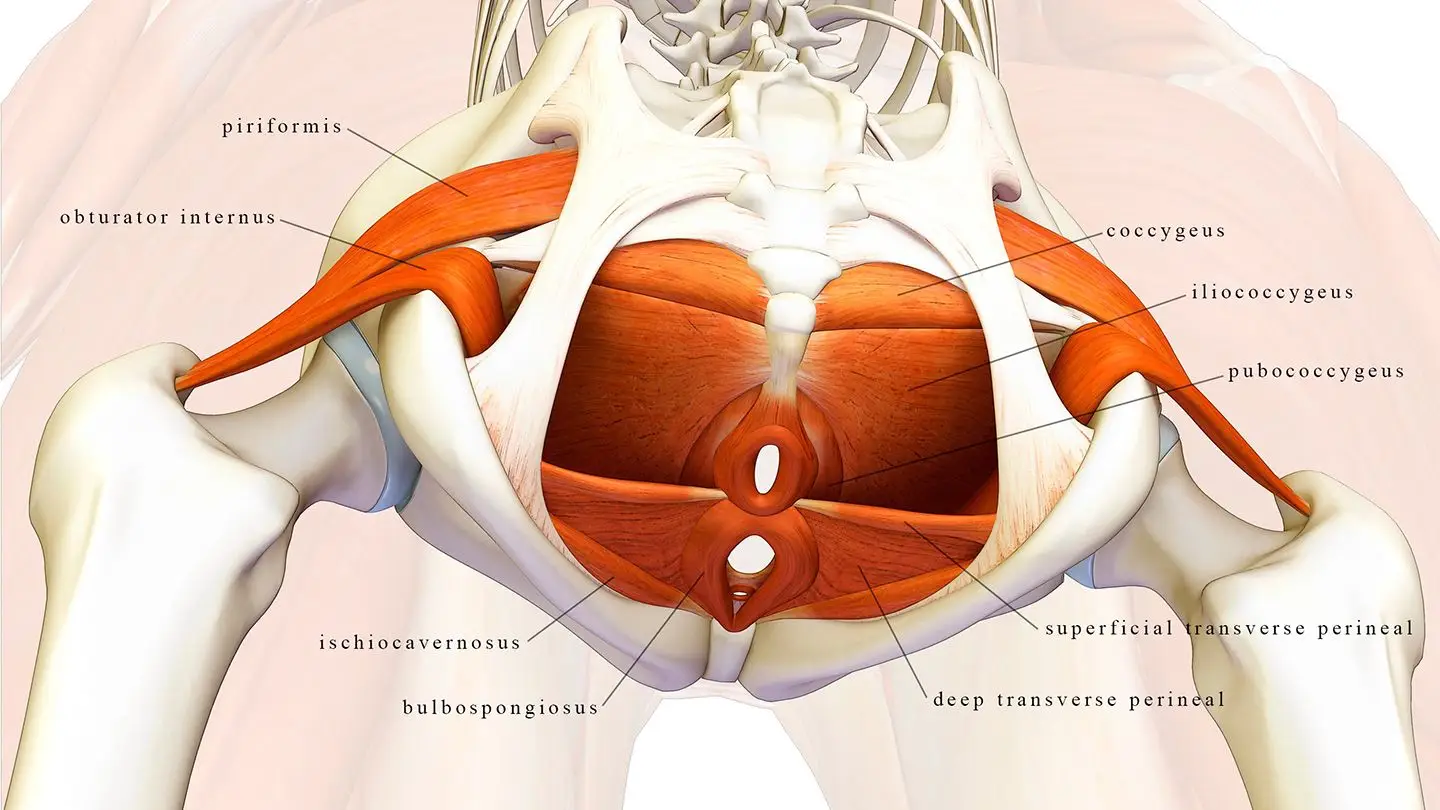
Introduction
Sciatica is a painful and often debilitating condition that affects numerous individuals worldwide. It is characterized by pain that originates in the lower back and radiates down one leg. In this comprehensive guide, we will delve into the intricacies of sciatica, exploring its causes, symptoms, treatment options, and the vital role that physiotherapy and osteopathy can play in its management.
Types of Sciatica:
- Acute Sciatica: This is characterized by sudden and severe pain that typically lasts for a relatively short duration. Acute sciatica is often caused by a specific injury or trauma to the spine, such as a herniated disc.
- Chronic Sciatica: Chronic sciatica involves persistent or recurrent pain that lingers for an extended period, often for more than 12 weeks. It may be related to underlying conditions like spinal stenosis or Spondylolisthesis.
- Piriformis Syndrome: In this variant, the sciatic nerve is compressed or irritated as it passes through the Piriformis muscle in the buttock. Symptoms are similar to other forms of sciatica but may also include buttock pain and discomfort.
Causes:
- Herniated Disc (Slipped Disc): This is one of the most common causes of sciatica. It occurs when the soft inner core of a spinal disc protrudes and compresses the sciatic nerve, leading to pain and discomfort.
- Spinal Stenosis: Narrowing of the spinal canal can result in pressure on the nerve roots within the lower back, causing sciatica.
- Spondylolisthesis: When one vertebra slips over the one beneath it, this can lead to nerve compression and the onset of sciatica.
- Piriformis Syndrome: The sciatic nerve can become irritated as it passes through the piriformis muscle in the buttock, causing pain and discomfort.
- Degenerative Disc Disease: Over time, the discs that cushion the vertebrae can degenerate, leading to sciatica when they no longer provide adequate support and cushioning.
- Injury or Trauma: Accidents, falls, or physical injuries to the spine can result in sciatica, often requiring immediate attention.
Symptoms:
- Leg Pain: The defining symptom of sciatica is a searing, often shooting pain that originates in the lower back and radiates down one leg. This pain is typically experienced on only one side of the body.
- Numbness and Tingling: Many individuals with sciatica report numbness or a tingling sensation in the leg or foot along the path of the affected nerve.
- Muscle Weakness: Weakness in the leg or foot can impede mobility and affect one’s ability to bear weight on the affected side.
- Burning Sensation: Some individuals describe a burning sensation along the route of the affected nerve.
- Worsening Pain with Movement: Sciatic pain can intensify when transitioning between sitting and standing, sneezing, coughing, or engaging in certain movements.
- Back Pain: While the primary pain is radiated down the leg, some individuals also experience discomfort in the lower back.
Treatment:
Treating sciatica is multifaceted, aiming to alleviate pain, reduce inflammation, and address the underlying cause. The most common approaches to sciatica treatment are:
- Physiotherapy: Physiotherapists are experts in creating exercise programs that enhance spine-supporting muscle strength and flexibility. They may employ additional techniques, such as ultrasound, electrical stimulation, and hot or cold therapy, to reduce pain and inflammation.
- Osteopathy: Osteopathic treatments revolve around enhancing joint and muscle function to relieve sciatic nerve compression. Techniques often used include spinal manipulation, targeted stretching, and soft tissue massage.
- Medications: Over-the-counter or prescription medications, including nonsteroidal anti-inflammatory drugs (NSAIDs), muscle relaxants, and oral steroids, can effectively reduce pain and inflammation.
- Epidural Steroid Injections: In more severe cases, healthcare providers may recommend injecting steroids directly into the spine to alleviate inflammation and pain.
- Surgery: Surgery is typically a last resort when conservative treatments fail. Procedures like discectomy, laminectomy, and spinal fusion can alleviate the underlying cause of sciatica.
- Lifestyle Modifications: Practicing good posture, using ergonomic furniture, and engaging in regular exercise can not only prevent sciatica but also decrease the risk of recurrence.
Conclusion:
Sciatica can be a debilitating condition, significantly impacting one’s quality of life. However, with a comprehensive and tailored treatment approach, it is manageable. Physiotherapy and osteopathy, when integrated with other treatments, can be instrumental in alleviating the discomfort associated with sciatica. If you suspect you have sciatica or are experiencing its symptoms, seeking prompt medical guidance is crucial in determining the most effective treatment strategy for your individual case.

